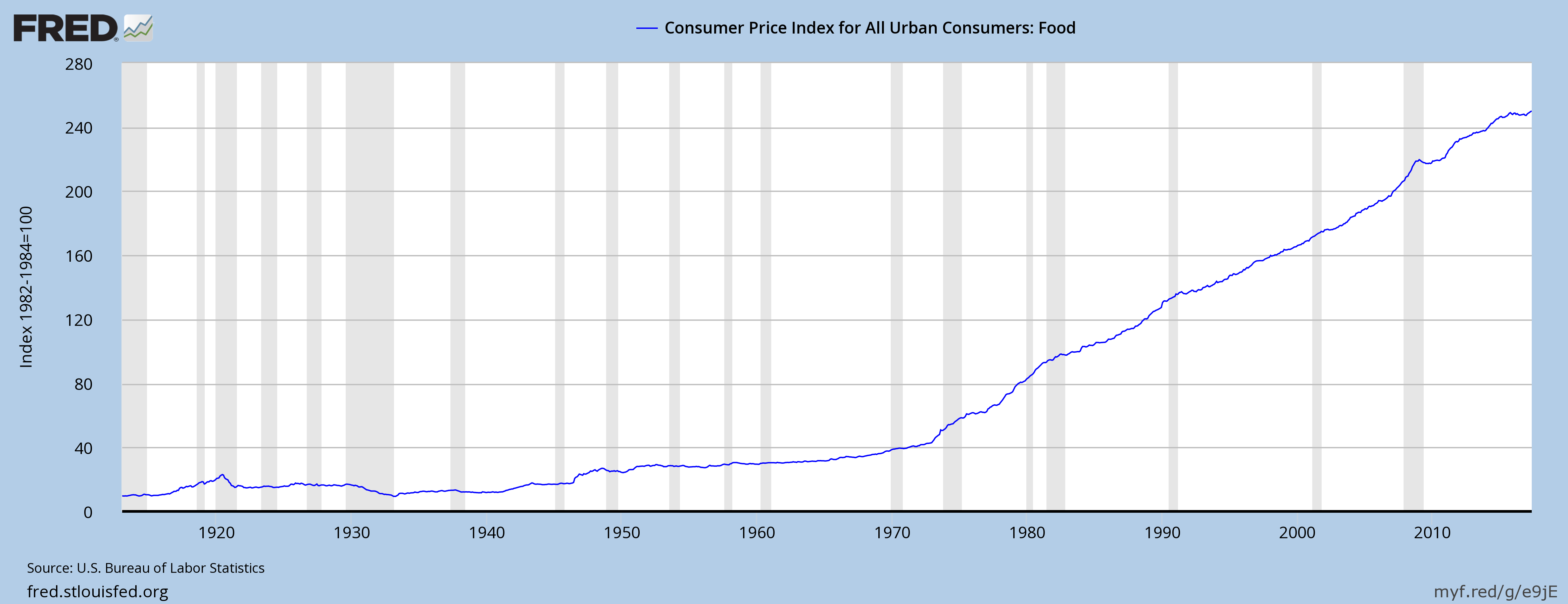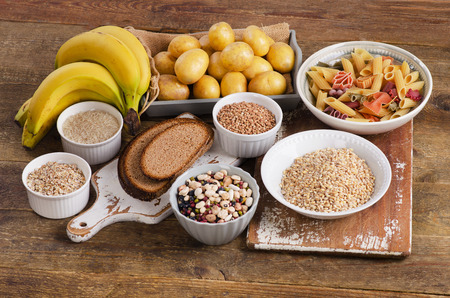What is the best way to get the finest food you can obtain? The best way is to grow it yourself. But, what if you want to grow food so that it not only meets your daily needs with a balanced diet for a long period of time, but also for a larger number of people?
Thus, far I have talked about a variety of topics in nutrition, small garden preparation, herb gardens, and so forth. We now embark on how to grow food on a larger scale than the back-yard garden and to be prepared on a family level, just in case. The process can also be used for a community garden. This is not done from a prepper mentality, but so that one can understand that sometimes there are consequences to problems and hazards that we have no control over. As an example, the Anasazi Indians in the Southwest U.S. as well as the Egyptians 5,000 years ago essentially became extinct due to major drought. The Dust Bowl in the 1930s, recent sustained drought in California, and severe drought in Brazil demonstrates that disasters can befall anyone in our modern era. Therefore, with both food and water shortages looming on the horizon, it would be prudent given the current expense of food, when compared to future expense during a famine, to know more about how to utilize it and the real nutrition it provides on a proportional basis of food types.
Ask yourself what would happen if the U.S. had another dust bowl due to a large, severe, long-lasting drought. The results would be catastrophic. Over 130 countries, including the U.S., depend on the Midwest grain belt. Famine would ensue, on a global basis, if such an event occurred. But, you can be prepared. And, in addition to understanding human nutrition, you will now be required to understand plant and animal nutrition as well.
I will teach you how to feed 7 individuals, a fully balanced diet, utilizing one hectare of land, i.e., 2.5 acres for a full year; in some instances, depending on the crop/planting mix, the number of individuals that can be fed can increase. In Latin America, we have fed as many as 21 individuals from the same amount of land. You can scale up or down depending on your needs. The result is that you’ll understand nutrition better than just about any subject you know. As an example, we are often taught about calories, which I have discussed often on this site, as well as the need to balance energy in versus energy out. The real key, especially for athletes and everyone else is that it is not just about the calories, it’s about their source! Thus, we begin.
Advertisement: CytoCharge (click on photo for more info)

Internationally, especially in developing countries, approximately 1-billion farmers practice small-scale, labor-intensive agriculture. These farmers are typically in the hunter gatherer mode that many in the industrialized countries have escaped. However, a large drought causing famine could easily force many of us in these countries to re-enter that mode, whether growing food together as a family, community, or larger scale. It is estimated that 65 percent globally farm less than five hectares and 35 percent less than one hectare. This production is the basis of feeding most of the world’ s population.
Much of the research reported on agriculture in developing countries is concerned with an economic analysis of an existing system, practice, technology or the development or improvement of a facet of a system. These analyses have clarified existing systems. There is a need however, to not only improve what exists but to also look at alternatives that may be more productive and useful in achieving food security during hazards such as a drought, minimal water supplies, or after other catastrophic natural events. The need to study and practice alternatives is reflected by the small-scale mixed-cropping and farming studies, as well as community gardens across the U.S. and the world.
What I want to begin to show you is an integrated agricultural system I developed, running successfully in 12 Latin and South American countries, that could be used by almost anyone around the globe. I originally did this research to determine: 1) the number of persons for which one hectare (2.5 acres) of land could provide an adequately nutritious diet, 2) the change in soil nutrient status from the rotation of two species-edible pulse and wheat, 3) the available feed for a small animal component such as rabbits, goats and so forth, and 4) capital returns on investment and labor input.
The cost of food has increased dramatically since 1920 and, especially since 1975 (see chart below). If a major drought were to occur, the cost would increase significantly and would likely be more than most people could afford.

In the last 25 years, American households in the poorest 20% of households spent between 28.8% and 42.6% of their annual before-tax income on food, compared with 6.5% to 9.2% spent by households in the highest income quintile (Economic Research Service (ERS) – USDA). Before-tax income includes earnings and other money income, public assistance, Supplemental Security Income payments and benefits from the Supplemental Nutrition Assistance Program (SNAP).
Spending patterns at the low end of the economic scale, as well as at higher-income levels, reflect “Engel’s Law”, named for a nineteenth century statistician Ernst Engel, who observed that households spend more money on food as their incomes rise, but a smaller share of their overall income, while poorer households spend less money on food but their spending accounts for a greater share of their income (ERS).
Therefore, it may be considered prudent and important to learn the skills needed to grow food since the potential for economic failure such as in 2007 and or drought can become a real problem within the next few years. Combined with the increase in food prices, even a small amount of food grown at home could supplement an already strained budget.
We will continue to explore this in the next blog.







